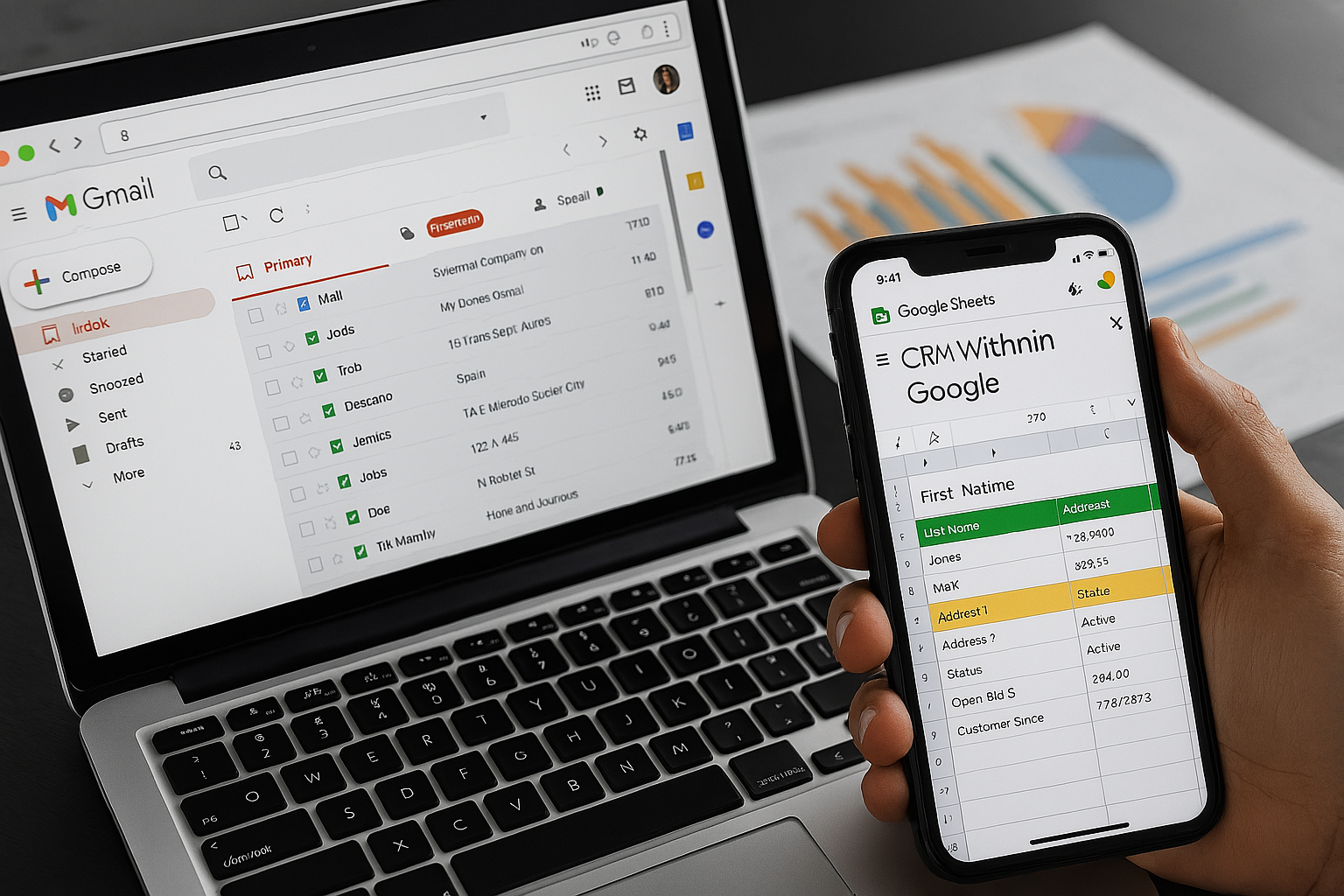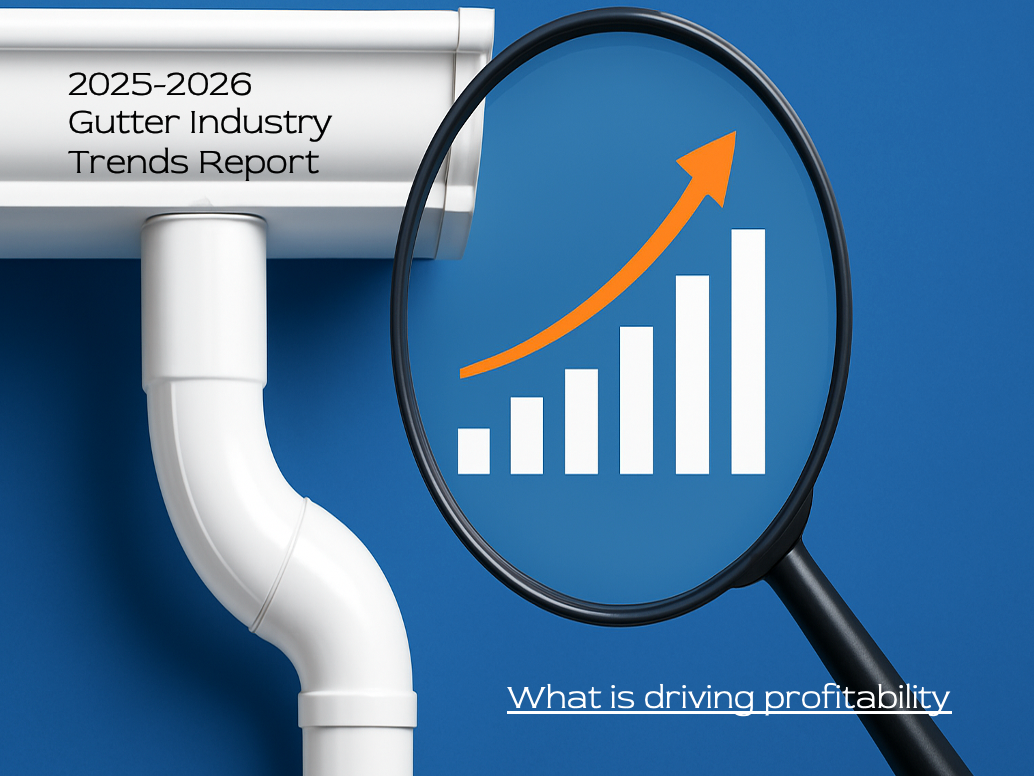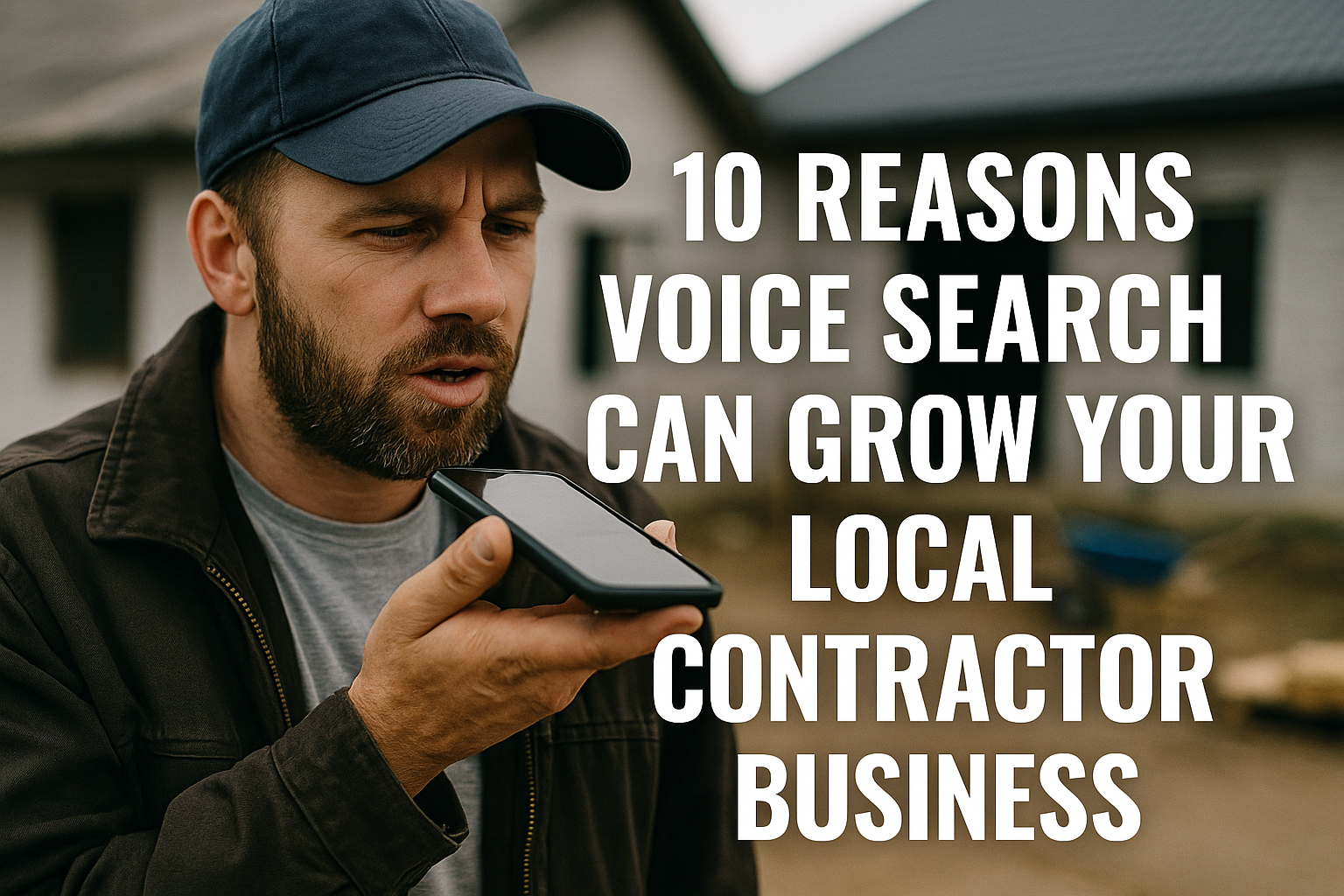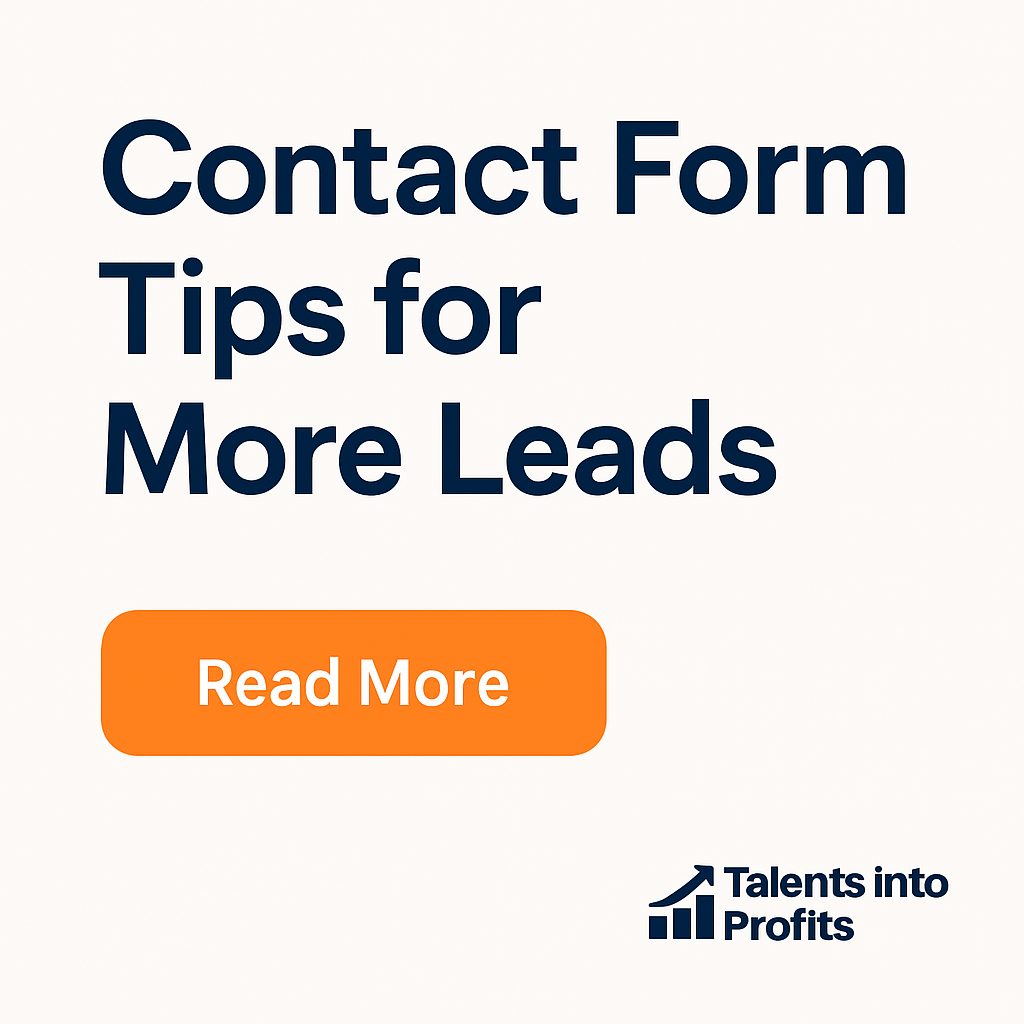How to get more Contractor Reviews in 2025-2026
It's important for contractors to get reviews on any and all online platforms moving forward
Will Schmidt - October 12, 2024
Contractor Online Reviews Guide Summary
This article will tell you exactly how to get more reviews through your client customer experience, marketing, tactics, all with a primary goal of helping you grow your map rankings and referrals which lead to massive revenue gains.
Psychology behind why Homeowners and businesses leave reviews for Contractors

Why people leave online reviews
People write reviews for two main reasons: to share a great experience or to warn others about a bad one. Harvard research shows that happy customers tell 9–10 people on average, while unhappy ones tell nearly twice as many (Harvard Business Review).
Trust is built through volume, recency, and authenticity. 73% of consumers only pay attention to reviews written in the last month. That means one old five-star review won’t cut it — you need a steady flow of new ones.
Don't just get Google reviews, get reviews everywhere!

Which online review platforms are the best?
Never turn down an online review because they can't access Google or Yelp. While Google reviews are still king, you need reviews everywhere; Yelp, Facebook, Angi's List, etc. The trick is making sure that you get reviews that match across platforms. Up your customer service levels first, and when search engines see 5-stars on different platforms, your map rankings will soar through the roof!
Google Business Profile (GBP) - Google Reviews
Google reviews are the gold standard. Why? Because they feed directly into your Google Maps ranking — which is where 68% of consumers look first when finding a local contractor .
A contractor with 50+ consistent reviews will often outrank a competitor with 10 reviews, even if the competitor’s website is better. GBP also shows star ratings right in search results, which makes customers click on you instead of the guy below you. Consistency is key: Google trusts businesses that collect reviews steadily month after month, not in random bursts.
Yelp is #2 and the trickiest
Yelp is especially powerful in urban markets where homeowners and property managers are glued to their phones. Yelp reviews often show up on Apple Maps and Siri searches, so ignoring Yelp means losing mobile leads. But here’s the catch: Yelp’s filter hides nearly 20% of reviews it suspects are “inauthentic."
That means you can’t game the system with quick review swaps. The best strategy? Encourage customers to leave detailed, story-driven reviews. Yelp tends to rank those higher than generic “great job” comments.
Social Media and Hiring Site Reviews Matter!
These aren’t as dominant as Google or Yelp, but they’re still worth your attention. Facebook reviews show up in local searches and make it easy for neighbors to tag you in “Looking for a roofer/plumber” posts.
Angi and Houzz are trusted by homeowners planning bigger projects (remodels, roofing, siding), while BBB adds credibility for clients who want to make sure you’re legitimate.
Nextdoor is becoming the “digital neighborhood watch,” where local referrals spread like wildfire. One good review there can turn into three phone calls before the week is out.
Trade Specific Platforms
If you want to niche down, trade-specific sites can give you credibility that general platforms can’t. Roofers can benefit from RoofingContractor.com or industry forums, remodelers from Houzz, and restoration companies from insurance-preferred vendor lists. These reviews might not move your Google ranking as much, but they can close deals when a prospect is comparing two bids. Think of these platforms as your “authority badge” — the place to prove you’re a pro in your exact trade.
Follow this 5-step process and you'll get more reviews

This is the exact same process all our clients use to get immediate 5-star reviews, and then how to follow up and get them 1-6 months later.
When AD Green Gutters and Screens started 18 months ago, they had seven reviews over 7 years; now they have 47 reviews and average 2-4 a month.
QR linked Business Cards for more reviews
Hand a client a QR review card at the end of the job and you remove every excuse. The scan should jump straight to your Google review form (no hunting, no typing). Google officially supports sharing a direct review link or QR code from your Business Profile; download it and print on cards, invoices, yard signs, or job packets.
Google Help
If you don’t have the link handy, generate it in seconds via your Business Profile’s “Get more reviews” option, or construct it with your Place ID (e.g., https://search.google.com/local/writereview?placeid=YOUR_PLACE_ID). Once you’ve got it, you can brand it on business cards or stickers your crew carries. (We include QR review cards in TIP’s CSO builds — but you can DIY using Google’s built-in tools.)
Prep the Client for a Review from Day One
Set the tone during kickoff: “If we deliver exactly what we promised — and we plan to — would you consider leaving us a quick review?” Planting this seed makes the ask feel natural later and frames the review as a thank-you for great work. Then, capture a direct line (mobile number) for status updates; texting is the channel people actually open, with ~98% open rates and most reads within minutes.
Keep Momentum - Give client updates during the work
Send brief updates — a photo of progress, a quick ETA text, or a “before/after” snap. These micro-touches prime a positive review because the homeowner sees professionalism in real time. Podium recommends timely, mobile-friendly touchpoints since ~60% of reviews are posted from mobile devices, and post-transaction prompts convert best when sent immediately.
The Final Walkthrough for a 5-star review
At closeout, do a quick walkthrough and ask, “On a scale of 1–5, how did we do?” If it’s anything under 5, fix it now. If it’s a 5, say: “Amazing — here’s a quick link; would you mind sharing that in a review?” This is the highest-intent moment. Podium’s research shows asking right after the service and including a direct link materially increases completions (and customers prefer SMS for this)
Follow-ups for reviews - 30, 90 and even 6 months later
Not everyone reviews on day one — that’s fine. Add a 30-day check-in (“Everything still good with the new system?”) with your review link and a 90-day seasonal touch (“Quick reminder before summer/winter — and here’s that review link if we earned it”). Podium reports over 60% of consumers are likely to leave a review if you follow up with a link, and many prefer that nudge via text. Keep it short, personal, and friction-free.
Tracking reviews through a CRM or Google Sheet is a must in 2026

Getting reviews isn’t just about asking once and hoping for the best. The real power comes when you
systematically track who has left a review, who hasn’t, and what their feedback was. Whether you’re using a full CRM like Jobber, ServiceTitan, or vCita, or you’re running lean with a custom
Google Sheet, the principle is the same: build a
client profile that includes review status.
Set up client profiles to include Review and Score
In a CRM, you can add a simple custom field: Review Status = “No Review,” “Review Left,” or “Needs Follow-up.” In Google Sheets, you can make a drop-down with those options. After each job, update the status. If it says “No Review,” you know exactly who to follow up with at 30 or 90 days.
👉 Why it works: According to Podium, businesses that actively follow up with non-responders see double the review volume compared to those that ask once and stop.
Track "Reviews" vs ROI in Contract Values
Here’s where it gets fun: tag reviews with the job size or contract amount. Example: “Roof replacement – $18,500 – 5-star review.” Over time, you’ll see which jobs (big or small) generate the most positive feedback. You can even custom-code formulas in Sheets to calculate the ROI of reviews (e.g., “X number of reviews tied to $Y revenue”).
👉 Why it matters: High-value jobs tied to reviews are the ones to showcase in marketing, because they prove you deliver on big-ticket projects.
Use Reviews to Circle Back and Improve Scores
Let’s say you got a 3-star or 4-star review. Don’t file it away and forget it. With a CRM or spreadsheet, you can tag those clients as “Needs Higher Score.” Six months later, reach back out with a note: “We’ve improved X since your project. Would you consider updating your review?”
👉 Stat check: Harvard research shows customers who receive a proactive service recovery message are more likely to leave a positive update later, sometimes even stronger than if nothing had gone wrong in the first place.
Geo-Tagging Reviews for Local Marketing
Approximate Investment: $300 - $1,000
Another hack: record the city of each reviewer in your CRM or Sheet. Then you can say, “We’ve earned 50+ reviews in Austin, TX” or “20 homeowners in Reno gave us 5-stars this year.” Local proof like that is magnetic — it gives prospects confidence that you’ve already delivered for their neighbors.
👉 Why it works: BrightLocal found that 79% of consumers trust online reviews as much as personal recommendations when the reviews are local.
DIY With Google Sheets vs. Pro CRMs
Google Sheets: Free, customizable, fast to set up. Perfect for smaller teams who just need to know “who left a review and who didn’t.” Add formulas, conditional formatting (red = no review, green = review done), and even simple dashboards with charts.
CRMs: If you’re scaling, platforms like Jobber or ServiceTitan can automatically send review requests, log responses, and tie them back to client records. That means less manual updating and more automation. The trade-off is cost — but if you’re running multiple crews, the time savings usually pays for itself.
TIP can help you setup your own Google CRM or VCita CRM upon request.
How fast should you respond to your online reviews

Speed matters. Reviews aren’t just about what a customer said — they’re a public conversation. The faster you jump in, the more trust you build with both the reviewer and anyone else reading your profile. Studies show that 53% of customers expect a business to respond to negative reviews within a week, but the best-performing companies reply much faster, often within 24 hours. A quick response shows you care, keeps small issues from snowballing, and tells future clients you’re not the type to “take the money and run.”
At TIP, we don’t just recommend fast responses — we practice them. We reply to every review within 1–4 business hours, using the client’s name, thanking them personally, and weaving in service-specific keywords (like “gutter installation” or “roof repair”) to boost local SEO. This makes the customer feel valued while reinforcing to Google exactly what services you’re trusted for. It’s part reputation management, part search engine strategy — and all about showing your business is awake, engaged, and professional.
How to Respond to Negative Reviews

Nobody likes getting a bad review, but how you handle it can actually win you more business than a glowing 5-star ever could. A thoughtful, professional response shows future customers that you listen, take responsibility, and fix problems. Keep it short, empathetic, and solution-focused — never defensive.
Responding to Negative Google Reviews
On Google, brevity wins. Acknowledge the issue, thank them for the feedback, and offer to resolve it offline. Example: “Hi Sarah, thank you for sharing your experience. We’re sorry this didn’t meet your expectations. Please call us directly at [number] so we can make this right.” Future clients will see you’re responsive without the back-and-forth drama.
Yelp Negative Reviews are largely a waste...
Yelp’s community leans skeptical, so be extra transparent. Own the mistake if it’s valid and show what you’ve done to fix it. If the review is unfair, respond calmly with facts, not emotion. Avoid incentives in your reply (Yelp prohibits offering discounts for updated reviews). Example: “We missed the mark on scheduling — we’ve now updated our system to prevent this happening again.”
Facebook Reviews are more "personal"
Facebook reviews are tied to a name and profile photo, so tone matters. Be conversational and friendly. Thank them by name, acknowledge the pain point, and invite them to message you privately to resolve. Example: “Hi John, we hear you on the delay — and that’s not our standard. Please DM us so we can sort this out quickly.” This shows other locals you’re approachable.
How to respond to Niche Website Reviews
On niche platforms, professionalism is everything. Many prospects browsing here are already comparison-shopping, so you want your responses to stand out as calm and constructive. Be formal but not robotic. Mention how your team is improving processes, and invite direct contact. Example: “Thank you for your feedback on our roofing project. We’ve added a second inspection step to avoid this in the future. Please reach out directly so we can address your concerns.”
How do you restore missing reviews?

Always record your online reviews in Google Drive
First, always protect your own proof. Every time you get a new review notification by email, save that email and take a screenshot of the live review. Drop both into a
Google Drive folder labeled by month. That way, if a platform later hides or deletes the review, you’ve got a record to reference when disputing it or to showcase in marketing. Without your own archive, those hard-earned reviews can vanish without a trace.
How to fix missing reviews per platform
Yelp filters roughly
20% of reviews as “not recommended,” often flagging short comments, first-time reviewers, or anything that looks suspicious, while Google may hide reviews it suspects are spam, duplicates, or inconsistent activity — even if they’re legitimate. To reduce the risk, coach clients to
write in their own words with project details (e.g., “gutter install in Sparks, NV”) instead of copy-pasting. Avoid flooding reviews all at once, since sudden spikes raise red flags; aim for a steady 2–4 per month. And above all, keep your
NAP (Name, Address, Phone) consistent across all platforms — even minor differences like “St.” vs. “Street” can undermine trust. Consistency, authenticity, and pacing are the keys to keeping reviews visible and working for you.
Four Ways to Use Reviews in your marketing system

Use reviews On Your Website
Feature your best reviews right on the homepage or service pages — bonus points if you add the client’s city. Example: “⭐️⭐️⭐️⭐️⭐️ John in Reno says, ‘Our new roof was done in 2 days — no leaks since!’” It builds trust before they even scroll.
Use reviews in Your Physical Marketing
Print your Google star rating or a standout review on yard signs, door hangers, or postcards. Seeing “Rated 4.9 Stars on Google” in bold makes neighbors stop and take notice.
Use reviews on Your Shirts/Uniforms
Add a line under your logo: “5-Star Rated on Google” or “50+ Happy Customers in Sparks.” It’s a walking review billboard every time your crew is on a jobsite.
Use reviews on Your Social Media Profiles
Post screenshots of reviews with a thank-you message, or set your Facebook header to highlight “100+ Local 5-Star Reviews.” Reviews double as content and proof in one move.
Top Mistakes that hurt your reputation instead of improving it

Don't be the stereotypical Contractor...
The biggest review mistakes are usually common-sense slip-ups: asking too soon (before the work is even finished), being pushy instead of casual, or ignoring reviews entirely once they come in. Others shoot themselves in the foot by offering weak rewards that don’t match the size of the job, or by failing to track who’s actually left a review. Each one makes you look unprofessional and costs you future leads. Think about it — asking for a 5-star before fixing a leaky roof is like asking for a Yelp star mid-surgery. Do the work, delight the client, and then earn the applause.
Want to grow a more profitable Gutter business?
At TIP we offer full local marketing and SEO to contractors who want more leads and online reviews and referrals within 15-60 miles from their business address. Book a consult with us today.
About the author
Will Schmidt
Will Schmidt, Founder and Owner of Talents Into Profits (TIP), has helped over 150 businesses across 17 different industries, including home services, healthcare, and SaaS, generating more than $11 billion in lifetime sales. His experience in providing branding, marketing, websites, and lead generation based on operational capacities has enabled his clients to continually see 20-50x monthly ROI for services rendered.
Subscribe to Blog
Sign up to get industry insights, trends, and more in your inbox.
Contact Us
We will get back to you as soon as possible.
Please try again later.
Book Free Consult
Join me for a 30-45 minute call to review how to grow your contractor business faster, more affordably, and easier.
SHARE THIS











